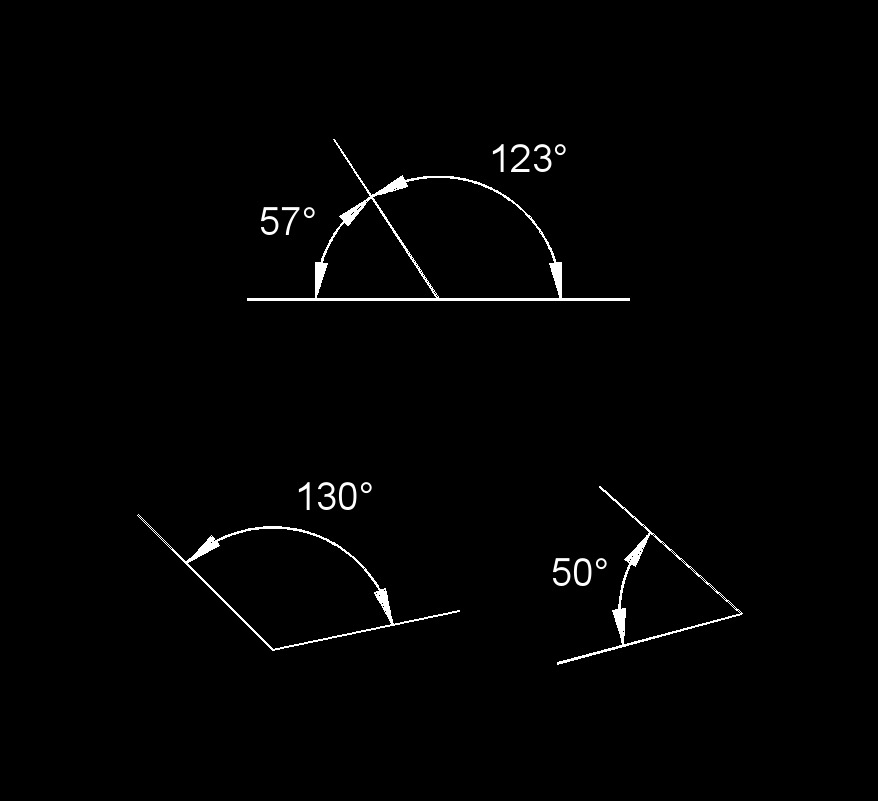

So, this purple arc that weĬared about, that we said hey, if we could figure out Way around the circle, you're 360 degrees. Now, why is that helpful? Well, if you go all the WL is equal to 90 degrees, it's twice that, the inscribedĪngle that intercepts it. The measure of arc, I guess you could say this is the measure of arc, Then this over here is aĩ0 degree, 90 degree arc. In this teal color is because the inscribedĪngle that intercepts it, they gave us the information, they said this is a 45 degree angle. Know the measure of this arc that I've just highlighted Hey wait, how do we know that measure, it's not labeled. We do know the measure of theĪrc that completes the circle. Know the measure of that arc, but we do know the measure of another arc. So, if we knew the measure of this arc, we would be able to figure out what the measure of angle D is. Half that because the measure of an inscribed angle is half the measure of the arc that it intercepts. We know that the measure of angle D would just be If we did know the measure of this arc that I'm highlighting, then We don't know the measure of that arc or at least we don't know Large arc that I'm going to highlight right now So, what do we know, what do we know? Well, angle D, angle D intercepts an arc. The measure of the arc that it intercepts. How an inscribed angle relates to the corresponding to And I'll give you a little bit of a hint. Please use the tool below to link back to this page or cite/reference us in anything you use the information for.Do in this video is see if we can find the measure of angle D, if we could find the measure of angle D and like always, pause this video, and see if you can figure it out.
Supplementary angle of 40 degrees how to#
We cover the criteria for supplementary angles, how to find them (which is an expansion of the above calculation), the properties of supplementary angles, the different types, and lots of examples to work through. If you want to learn more about the theory of supplementary angles and how they differ from complementary angles, we have a blog post that might help. If you'd like some ideas of angles to calculate, take a look at the random list in the sidebar and try to solve them without checking the answer first. Give this a try for yourself and try to work out the supplementary angles of any given angle which is less than 180°. This means that the supplementary angle of 140 degrees is 40 degrees. You should now be able to see the answer to this problem forming, as we just need to deduct 140 from 180 to get our supplementary angle: Let's rearrange the equation using algebra to work out the supplement of 140°: What we need to do is solve this equation so that we can find S, the supplementary angle. We know that the supplementary angle added to the given angle of 140° equals 180 degrees. To start with, let's set up the problem we are trying to solve as an equation. This is a very simple problem to solve, and we can work out the supplement of 140 degrees using some basic algebra. In this example, we are trying to calculate the supplementary angle for the given angle of 140 degrees. What is the Supplementary Angle of 140 Degrees?Ī supplementary angle is the angle which produces a straight line of 180° when added to the given angle.


 0 kommentar(er)
0 kommentar(er)
